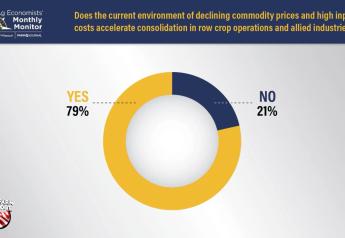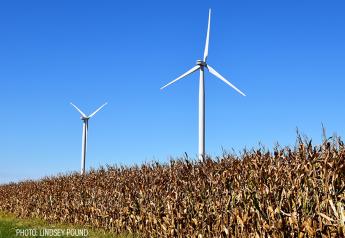Syngenta to Pay Nearly $218 Million in First Class Action

In the first of eight certified class actions against the company, jurors sided with plaintiffs and asked Syngenta to pay $217,700,000 in damages. Jurors deliberated for half a day and found Syngenta negligent, awarding compensation to more than 7,000 Kansas farmers.
Plaintiffs claim economic damages stemmed from the 2013 Chinese rejection of U.S. corn for containing MIR162, Viptera. At the time, China hadn’t approved of the trait and plaintiffs assert the loss of the Chinese market led to falling corn prices. Syngenta plans to appeal the decision.
“We are disappointed in today’s verdict because it will only serve to deny American farmers with access to future technologies even when they are fully approved in the U.S.,” Syngenta said in a recent emailed statement. “Syngenta commercialized Agrisure Viptera in full compliance with U.S. regulatory and legal requirements, including USDA, EPA and FDA regulations.”
The Kansas class action lawsuit began on June 5 in the U.S. District Court for the District of Kansas and represents the first of eight class-action lawsuits against Syngenta.
“The verdict is great news for corn farmers in Kansas and corn growers throughout the country who were seriously hurt by Syngenta’s actions,” plaintiff co-counsel said in a recent joint statement. “This is only the beginning. We look forward to pursing justice for thousands more corn farmers in the months ahead.”
Other certified state class-action lawsuits can be found in Arkansas, Missouri, Illinois, Iowa, Nebraska, Ohio and South Dakota.







